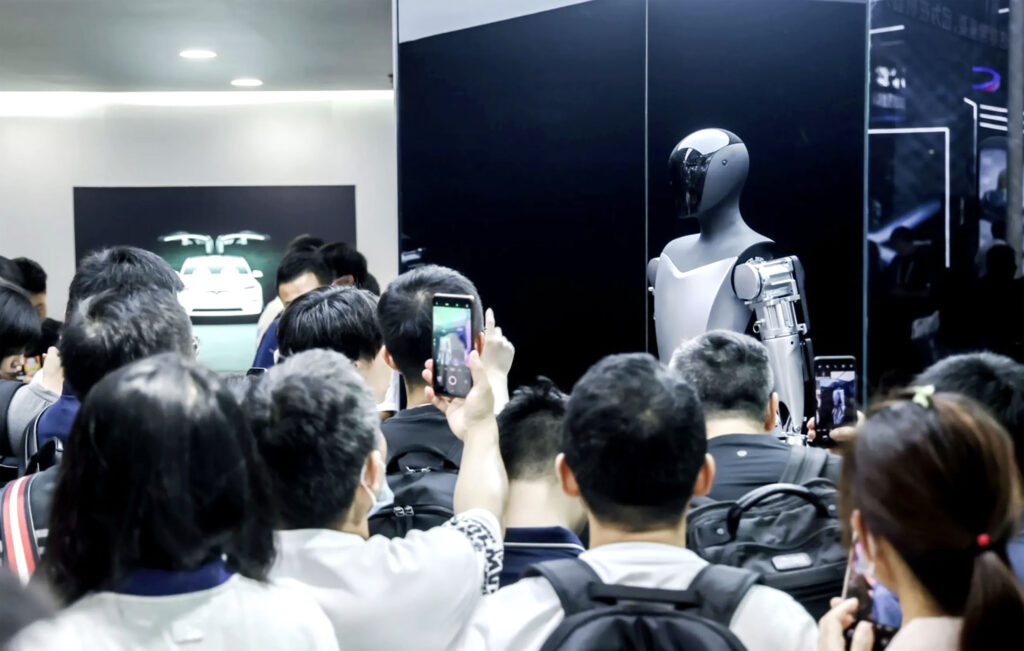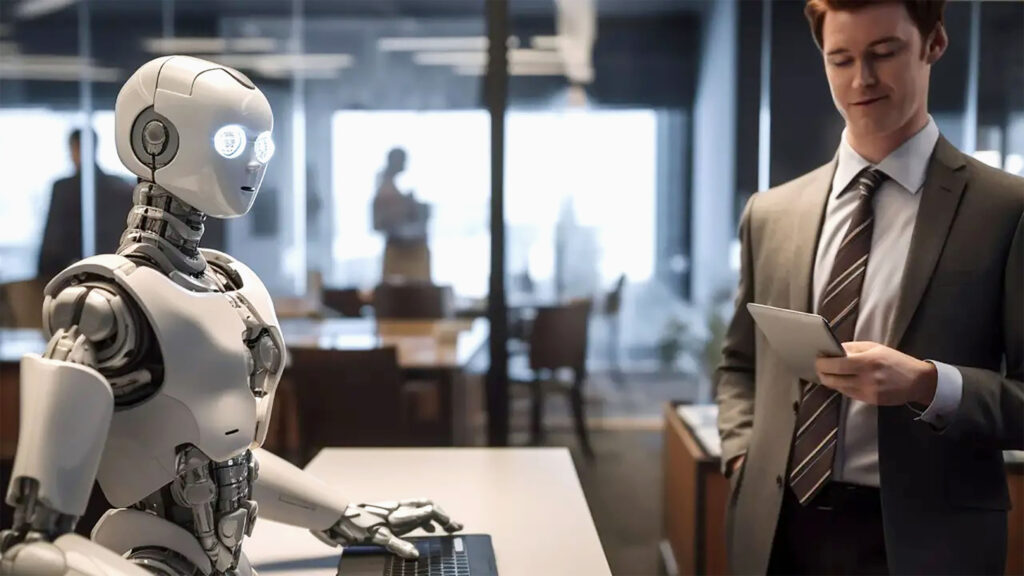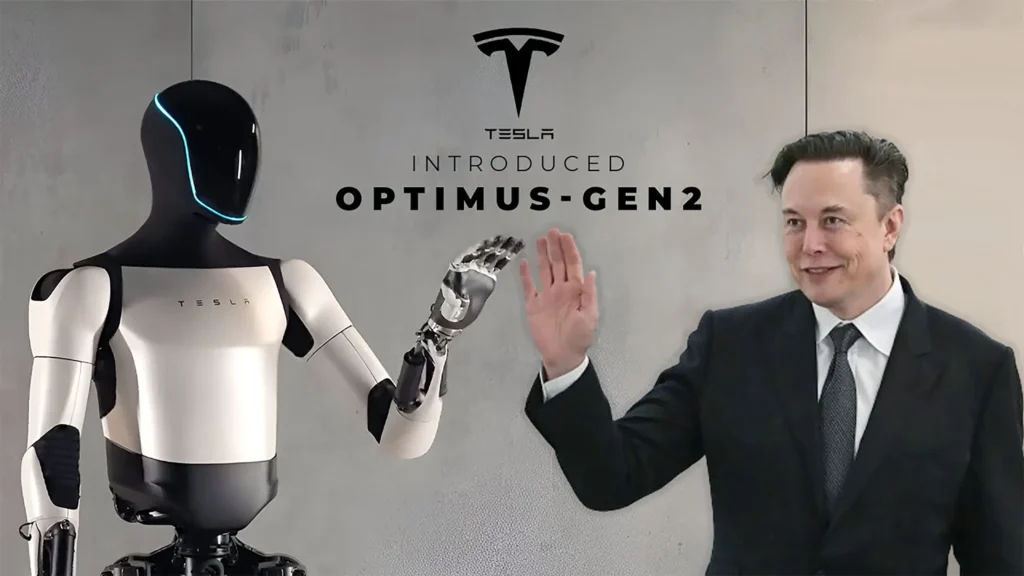The field of robotics has taken a massive leap forward, thanks to the innovative advancements spearheaded by Elon Musk and his team at Tesla. Among the groundbreaking projects is Optimus, a humanoid robot designed to redefine how humans interact with technology. Unlike conventional industrial robots, Optimus aims to integrate seamlessly into everyday life, handling tasks ranging from mundane household chores to more complex industrial applications.
In this article, we’ll explore the vision behind Optimus, its technical capabilities, potential applications, and its implications for the future of robotics and artificial intelligence.
The Vision Behind Optimus
Elon Musk introduced the Optimus concept, the Tesla Bot, during Tesla’s AI Day in 2021. The vision was clear: create a humanoid robot that could alleviate the repetitive and often hazardous tasks humans face daily. Musk highlighted that the ultimate goal of Optimus is to contribute to a future where machines augment human capabilities without posing a risk to humanity.

This ambitious project aligns with Musk’s broader mission to make AI safe and beneficial. By embedding Tesla’s advanced AI technology into a humanoid form, Optimus is designed to adapt to human-centric environments, such as homes, factories, and public spaces, in ways that traditional robots cannot.
Technical Specifications
Optimus is equipped with state-of-the-art technology, making it one of the most advanced humanoid robots in development. Here are some of its key features:
- Height and Build:
Optimus stands approximately 5 feet 8 inches (173 cm) tall and weighs about 125 pounds (56 kg). Its human-like proportions make it ideal for operating in spaces designed for humans.
- AI Integration:
Powered by Tesla’s proprietary AI, also used in its self-driving cars, Optimus can process vast amounts of data in real-time. This allows it to navigate environments, recognize objects, and perform tasks precisely.
- Actuation and Mobility:
The robot boasts 40 electromechanical actuators, ensuring smooth and human-like movements. It can walk at a speed of 5 mph (8 km/h) and carry loads of up to 20 pounds (9 kg).
- Energy Efficiency:
Optimus runs on a high-density battery pack with a capacity of 2.3 kWh, ensuring energy efficiency for prolonged operation.
- Human Interface:
The robot’s head features a screen for interactive communication, enabling users to give commands and receive updates.
Potential Applications
Optimus has the potential to revolutionize various industries by automating tasks that require precision, endurance, or human-like interaction. Some of its promising applications include:
1. Household Assistance:
Imagine having a personal assistant that can clean, cook, or even fetch items for you. Optimus could significantly enhance convenience for individuals, particularly the elderly or disabled, by handling daily chores.
2. Manufacturing and Logistics:
Factories and warehouses could leverage Optimus for tasks like assembling products, moving heavy objects, or managing inventory. Its ability to work tirelessly without compromising on accuracy makes it a valuable asset in industrial environments.
3. Healthcare Support:
Optimus could assist in hospitals and care homes by delivering supplies, helping patients with mobility, or providing companionship. Its non-invasive design ensures it can operate in sensitive environments.
4. Public Services:
From assisting at airports to providing customer service in retail stores, Optimus can enhance operational efficiency in public-facing roles.
5. Space Exploration:
Given Musk’s ambitions with SpaceX, Optimus could play a critical role in colonizing other planets by performing tasks in harsh and uninhabitable conditions.
Ethical Considerations
As with any advanced technology, Optimus raises ethical concerns. The possibility of job displacement due to automation is a significant issue. While Optimus can handle repetitive tasks, industries must find a balance between automation and human employment.

Another concern is privacy and data security. With its AI capabilities, Optimus collects and processes data, raising questions about how that information is stored and utilized. Tesla must ensure robust safeguards to protect users’ privacy.
Additionally, Musk has emphasized the importance of designing AI systems that are aligned with human values. This commitment includes programming Optimus to avoid harmful actions, ensuring its role remains strictly beneficial.
Challenges and the Road Ahead
The development of Optimus is not without its challenges. Creating a robot that mimics human movements and adapts to diverse environments is a complex task. Furthermore, ensuring affordability is critical if Tesla wants Optimus to be accessible to the masses.
Despite these hurdles, Tesla’s track record of overcoming technical and engineering barriers inspires confidence. Optimus is currently in its early stages, but with continuous advancements in AI and robotics, its capabilities are expected to grow exponentially.
Conclusion:
Elon Musk Optimus robots represent a bold step toward a future where humans and machines coexist harmoniously. By combining Tesla’s cutting-edge AI with a humanoid design, Optimus has the potential to revolutionize industries and improve quality of life.
However, the journey is just beginning. The success of Optimus will depend on addressing ethical concerns, ensuring affordability, and delivering on its promises. As the world watches Tesla’s progress, one thing is clear: Optimus is more than a robot—it’s a glimpse into the future of human-robot collaboration.
The age of humanoid robots has arrived, and with Optimus, Elon Musk is once again pushing the boundaries of innovation.


2 Responses
Each sentence is like a puzzle piece fitting perfectly into a larger picture of understanding.
That’s such a beautiful way to describe writing or communication—like every sentence contributes to a bigger picture, and when they all fit together just right, you get that moment of clarity or connection. It really captures how powerful language can be when used thoughtfully. What inspired that thought?